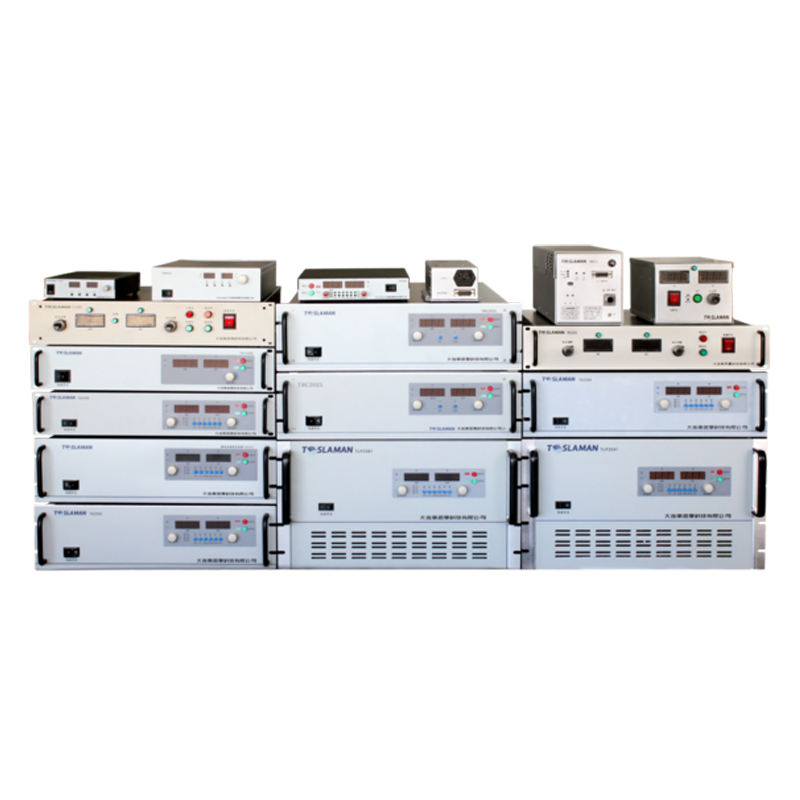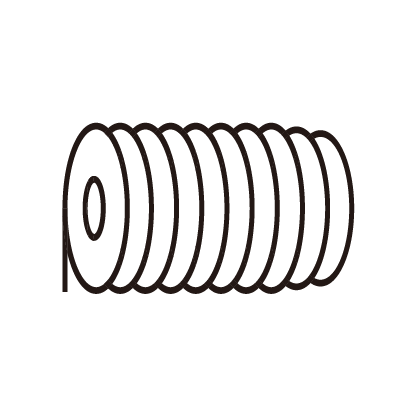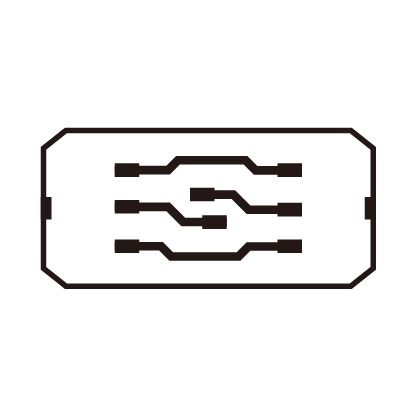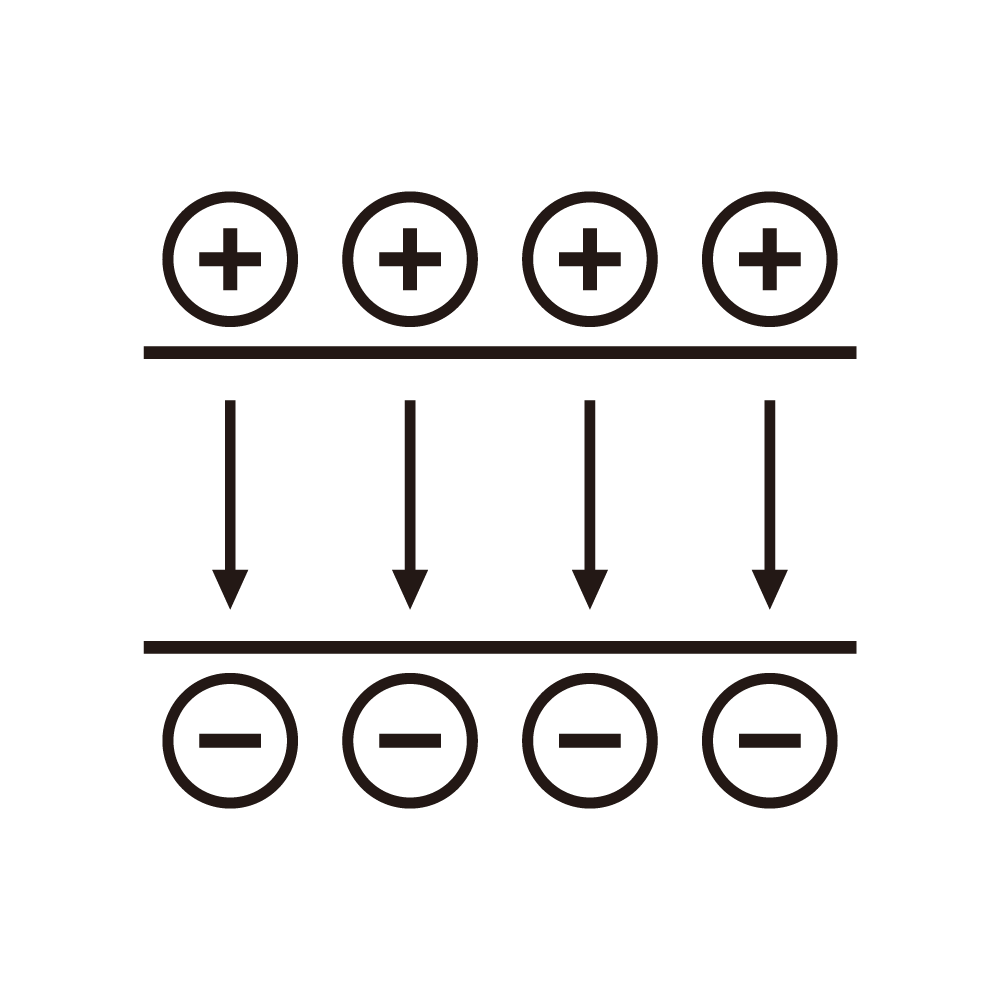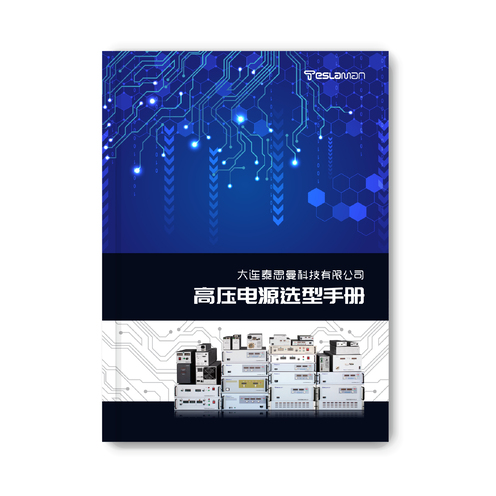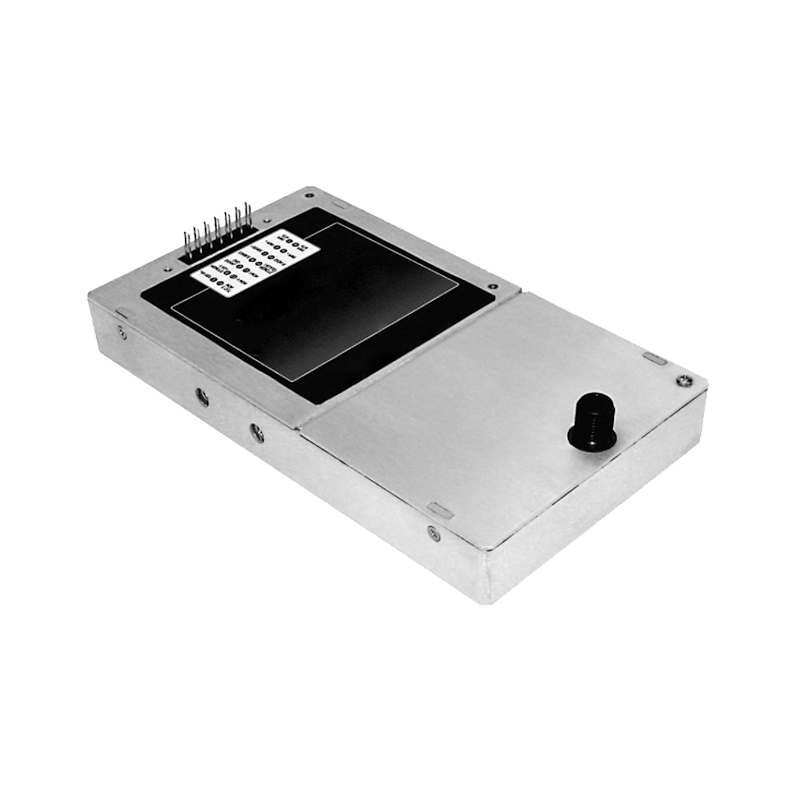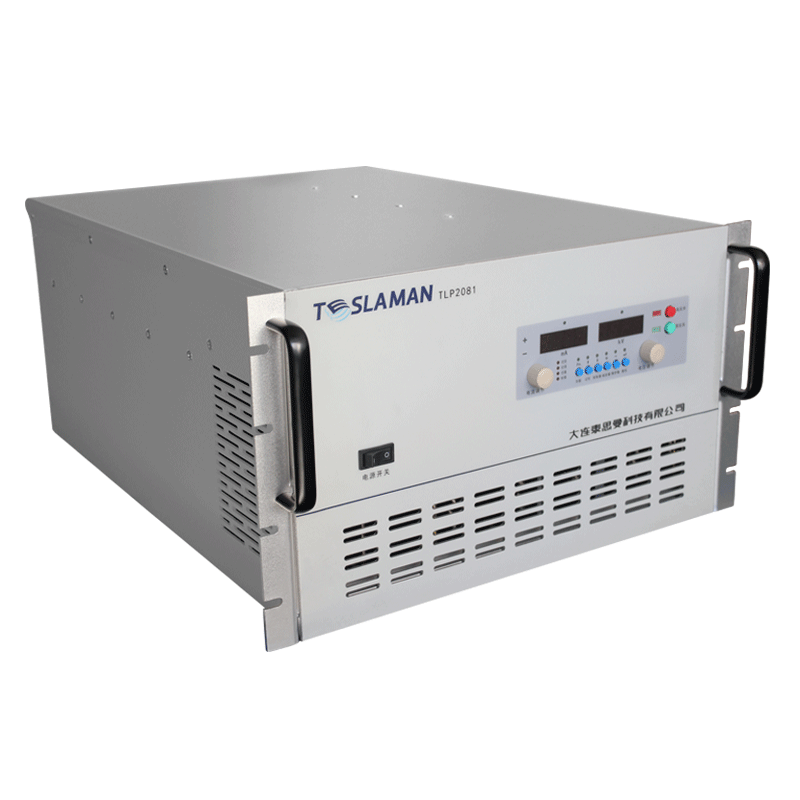Analysis of Process Adaptation for Etching High-Voltage Power Supplies
In fields such as semiconductor manufacturing, microelectronics processing, and optical component production, etching technology is one of the core processes for achieving precise material surface machining. Whether using dry etching (such as plasma etching) or wet etching, the primary goal is to selectively remove materials from specific areas through physical or chemical means to form desired microstructures. In this process, high-voltage power supplies play a crucial role in etching equipment, with their performance and process adaptation capabilities directly affecting etching precision, uniformity, and efficiency. This article will explore the basic principles of etching technology, the role of high-voltage power supplies, and how to achieve process adaptation.
1. Basic Principles of Etching Technology and the Role of High-Voltage Power Supplies
Etching technology is mainly divided into two categories: dry etching and wet etching. Among them, dry etching dominates modern microand nanofabrication due to its high precision and strong controllability. Dry etching typically uses active particles in plasma (such as ions and radicals) to physically bombard or chemically react with the material surface to achieve selective removal. High-voltage power supplies play a vital role in this process, with their functions including the following aspects:
1. Providing Stable Electric Field Strength
High-voltage power supplies provide the necessary electric field for etching equipment to excite gas molecules and generate plasma. The strength of the electric field directly determines the density and energy distribution of the plasma, which in turn affects the etching rate and uniformity.
2. Controlling Plasma Characteristics
Different etching processes require different plasma characteristics. For example, high-energy ions are suitable for deep silicon etching, while low-energy radicals are better suited for fine chemical etching. By adjusting output voltage, frequency, and waveform, high-voltage power supplies can precisely control the energy and behavior of the plasma.
3. Adapting to Multiple Etching Modes
In practical applications, etching processes may involve various modes such as DC, radio frequency (RF), or pulsed operation. High-voltage power supplies need to offer flexible output adjustment capabilities to meet diverse etching requirements.
2. Key Performance Indicators of High-Voltage Power Supplies for Etching
To achieve efficient etching processes, high-voltage power supplies must meet several key performance indicators and adapt to specific process requirements:
1. High Precision and Stability
The etching process is highly sensitive to voltage fluctuations; even minor variations can lead to uneven etching depth or increased sidewall roughness. Therefore, high-voltage power supplies must achieve extremely high output voltage accuracy (typically better than 0.1%) and maintain long-term stability during operation.
2. Low Ripple and Noise
The output ripple and noise of high-voltage power supplies can directly affect plasma stability, thereby impacting etching quality. This interference is particularly significant in high-precision etching scenarios. Thus, advanced filtering techniques and shielding measures must be employed in the design of high-voltage power supplies to minimize ripple and noise.
3. Dynamic Response Capability
In certain dynamic etching processes (such as multi-layer structure etching or multi-mode switching), high-voltage power supplies must adjust voltage levels within milliseconds to adapt to varying process conditions. This requires excellent transient response characteristics and flexible programmable control functions.
4. Wide-Range Adjustment Capability
Different etching processes have varying voltage requirements. For example, deep silicon etching may require high voltages in the range of several thousand volts, while shallow etching may only need several hundred volts. Therefore, high-voltage power supplies should offer wide-range adjustment capabilities to meet diverse needs.
5. Environmental Adaptability and Reliability
Etching equipment typically operates in vacuum environments, posing special requirements for the vacuum resistance and thermal management of high-voltage power supplies. Additionally, features such as overvoltage protection and short-circuit protection are essential to ensure long-term safety and reliability.
3. Strategies for Process Adaptation of High-Voltage Power Supplies in Etching
To further enhance the process adaptation capabilities of high-voltage power supplies in etching, improvements can be made in the following areas:
1. Optimization of Circuit Topology
Traditional linear high-voltage power supplies, while stable, are inefficient and bulky. In recent years, switch-mode high-voltage power supplies have gradually become mainstream. By introducing soft-switching technologies (e.g., zero-voltage switching [ZVS] and zero-current switching [ZCS]), conversion efficiency can be significantly improved while reducing electromagnetic interference (EMI). Furthermore, multi-stage boost topologies can incrementally increase voltage, reducing stress on individual stages and enhancing overall system reliability.
2. Introduction of Wide-Bandgap Semiconductor Devices
Wide-bandgap semiconductor materials (e.g., silicon carbide [SiC] and gallium nitride [GaN]) are ideal for improving the performance of high-voltage power supplies due to their excellent high-temperature tolerance, high-frequency characteristics, and low on-resistance. Compared to traditional silicon-based devices, wide-bandgap components can operate at higher frequencies while significantly reducing switching and conduction losses, thereby improving efficiency and reducing size.
3. Application of Intelligent Control Technologies
Intelligent control algorithms based on artificial intelligence (AI) and digital signal processing (DSP) can monitor system status in real time and dynamically adjust output parameters to achieve optimal process control. For example, load-adaptive regulation technology can automatically optimize voltage, frequency, and waveform based on chamber pressure, gas type, and process conditions, thereby improving etching precision.
4. Improvement of Thermal Management
High-voltage power supplies generate heat during operation, and inadequate heat dissipation can lead to increased device temperatures, higher losses, and reduced stability. Therefore, efficient thermal management solutions (e.g., liquid cooling, air cooling, or heat pipes) are critical for maintaining high efficiency and long service life.
5. Enhancement of Anti-Interference Capability
During the etching process, plasma discharges may generate strong electromagnetic interference, affecting the normal operation of high-voltage power supplies. By optimizing shielding designs, adopting differential signal transmission, and enhancing filter networks, the anti-interference capability of power supplies can be effectively improved, ensuring process stability.
4. Challenges in Practical Applications
Despite significant progress in the process adaptation capabilities of high-voltage power supplies for etching, several challenges remain in practical applications:
1. Adaptability to Complex Process Conditions
Different etching processes impose varying demands on high-voltage power supplies. For example, deep silicon etching requires high-energy plasma, while shallow etching demands low-energy but high-precision control. Designing adaptable high-voltage power supplies remains a key focus for future research.
2. Balancing Miniaturization and High Efficiency
As equipment trends toward miniaturization, achieving efficient heat dissipation and high power density within limited space presents a design challenge.
3. Stability in Extreme Environments
In vacuum, high-temperature, or high-radiation environments, the performance of high-voltage power supplies may be affected. Ensuring high-quality output under extreme conditions remains an important issue.
5. Conclusion
The process adaptation capability of high-voltage power supplies for etching is a core factor determining etching quality and efficiency. By optimizing circuit topology, introducing wide-bandgap semiconductor devices, applying intelligent control technologies, and enhancing thermal management, the performance of high-voltage power supplies can be significantly improved to meet the demands of advanced etching processes. However, challenges related to complex process conditions and extreme environments still need to be addressed in practical applications.
With the continuous development of power electronics technology, high-voltage power supplies for etching will play an increasingly important role in advanced fields, providing more efficient and reliable solutions for scientific research and industrial production.
